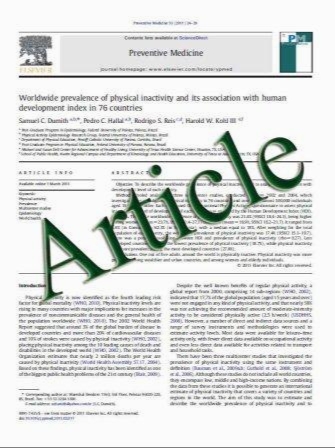The Role of Surgical Therapy for Pulmonary Vein Atresia in Childhood
- نوع فایل : کتاب
- زبان : انگلیسی
- مؤلف : J. Shuhaiber • M. Rehman • K. Jenkins • F. Fynn-Thompson • E. Bacha
- چاپ و سال / کشور: 2011
Description
The outcome for children with pulmonary vein atresia has been historically poor. This report describes clinical outcomes after surgical treatment of primary and secondary pulmonary vein atresia. All patients undergoing surgery for pulmonary vein atresia at Children’s Hospital Boston from 1 January 2005 to 1 January 2009 were identified. The data available for analysis included demographic characteristics, findings based on cardiac catheterization and other imaging, clinical information, operative surgical intervention, and pulmonary vein histology. The studyspecific information included the calculated number of atretic pulmonary veins as well as surgical interventions performed during the study period. The study end points included successful relief of pulmonary vein atresia, recurrence of pulmonary atresia or stenosis, overall pulmonary vein disease progression, and patient survival. A total of 16 patients with one or more pulmonary vein atresias were identified in the cardiac surgery registry database. Of these 16 patients, 5 had primary pulmonary atresia, and 11 had secondary atresia after repair of anomalous pulmonary venous drainage. Surgical recanalization of atretic pulmonary veins was achieved for more than 80% of the patients. At the most recent follow-up assessment, 7 (44%) of the 16 patients had recurrence of atresia. Five of the patients had development of new atresia in other previously healthy pulmonary veins. The median follow-up period was 4 months for primary and 17 months for secondary pulmonary vein atresia. The three main predictors of pulmonary vein disease progression after surgery were the presence of underlying lung disease (P = 0.036), prematurity (P = 0.035), and a history of recurrent pulmonary vein atresia. The overall mortality rate for the patients with primary or secondary pulmonary vein atresia was 56% at the most recent follow-up assessment (100% for the patients with primary vein atresia and 36% for the patients with secondary vein atresia). Conclusions: Surgical recanalization of pulmonary vein atresia is possible, but prognosis remains poor. Recurrence of atresia can take place as early as a few months in the presence of underlying lung disease, prematurity, or history of recurrent pulmonary vein atresia. Further research is needed to identify mechanisms for attaining and sustaining pulmonary vein patency after surgery.
Pediatr Cardiol (2011) 32:639–645 DOI 10.1007/s00246-011-9942-7 Received: 13 April 2010 / Accepted: 19 September 2010 / Published online: 27 February 2011


